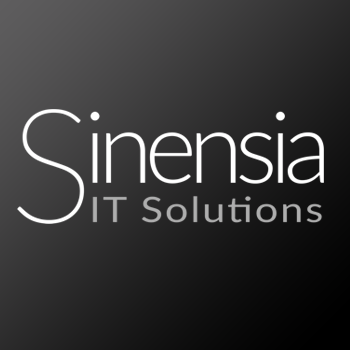
Descripción: Curso IMS Database Performance and Tuning
Formación en Data Storage
Learn how to tune Information Management System (IMS) databases for use in IMS/Batch, IMS/Data Communications (DC), CICS-Local-Data Language One (DL/I), and Data Base Control (DBCTL) environments.
\n\nExplore the IMS database features that affect performance such as data set considerations and buffers for VSAM and OSAM. You will also practice a method for estimating performance before implementation. Plus, you will reinforce the skills you have learned with seven machine labs.
\n\nIACET Continuing Education Units: 4.0
Formación IBM
Administrator IMSDetalles
Contáctenos a través de >éste formulario<
Precios especiales para la formación de grupos
Podemos adaptar cualquier curso a sus necesidades, e impartirlo en sus instalaciones o en nuestros centro de formación ContáctenosCursos relacionados


